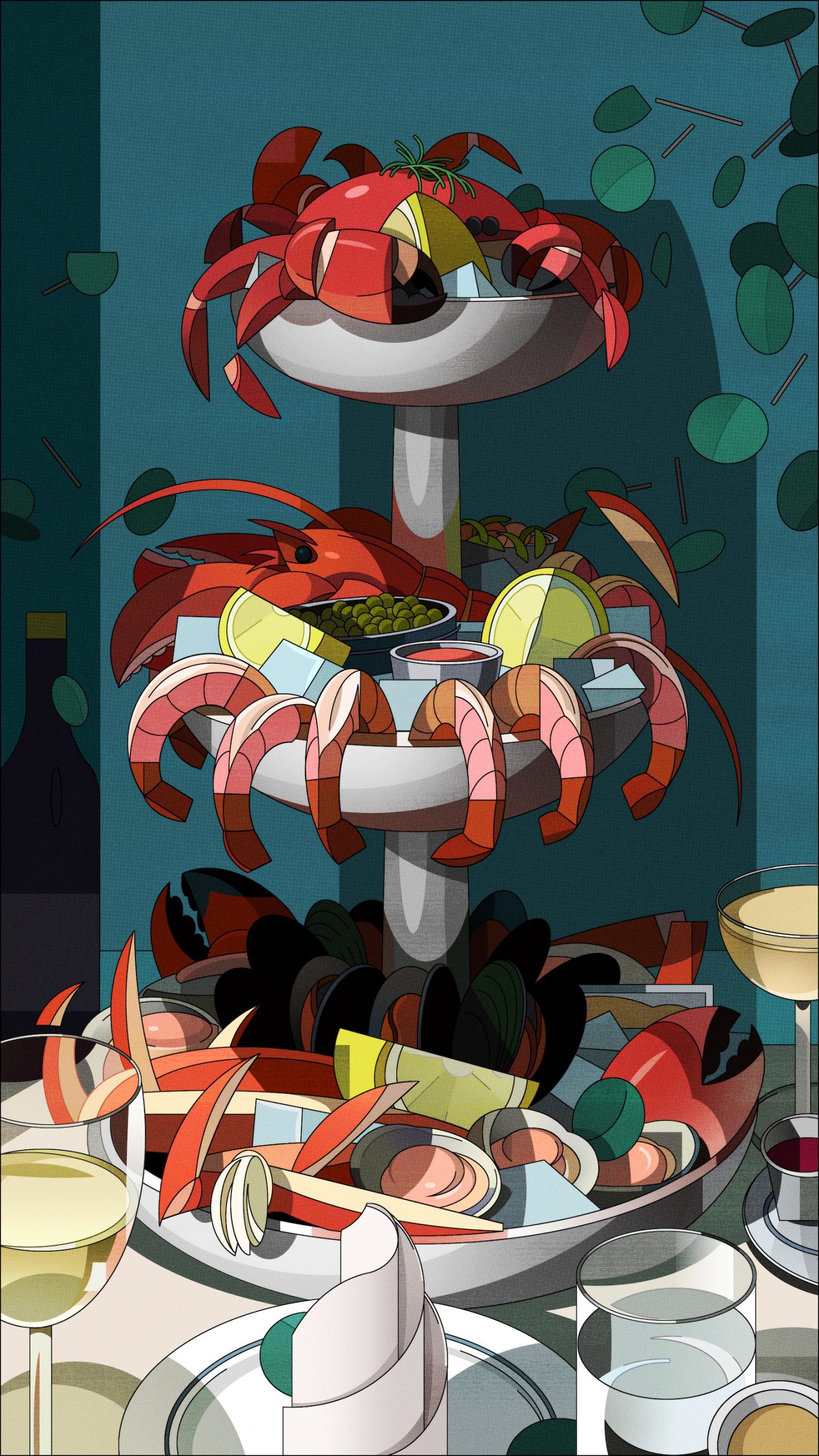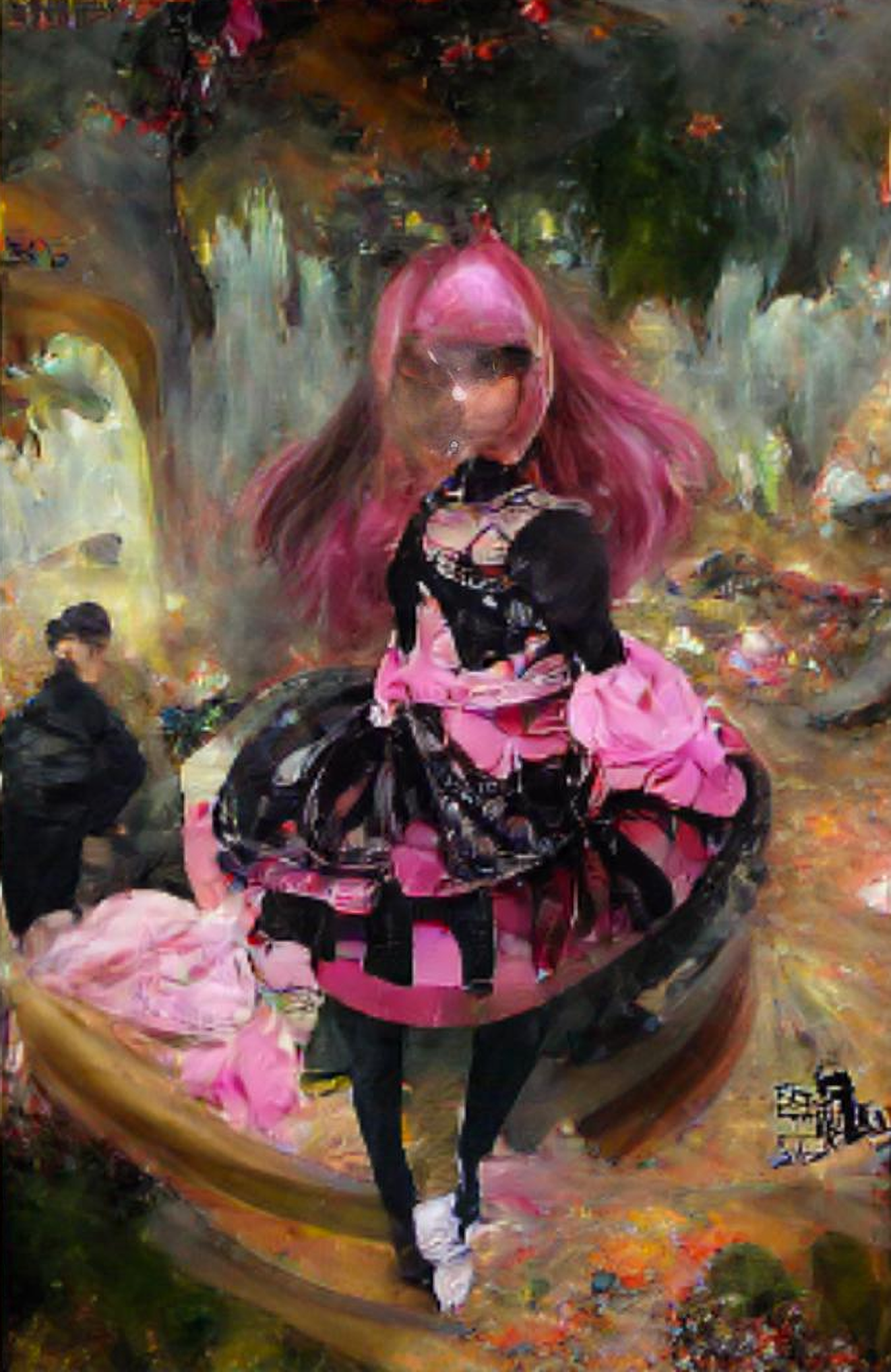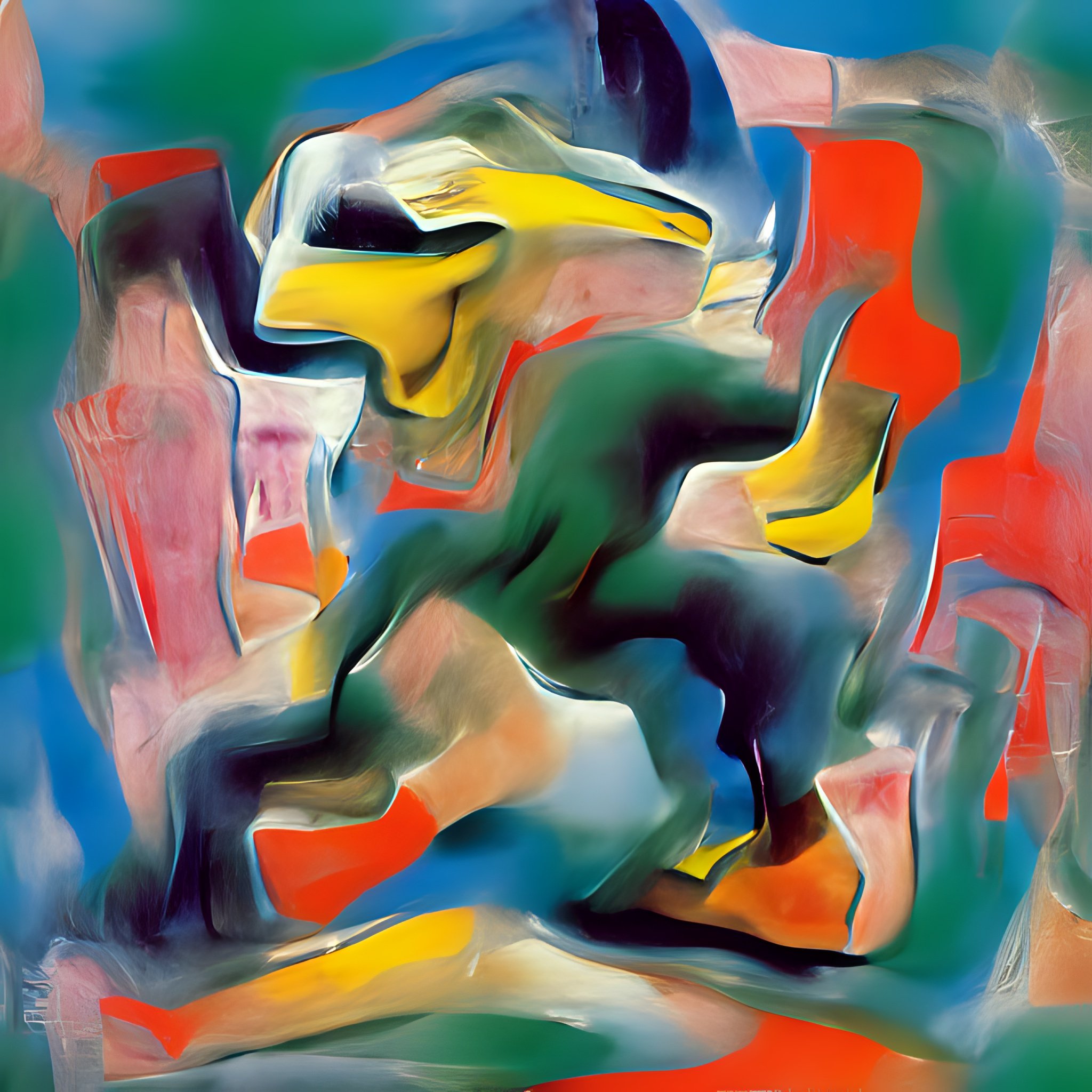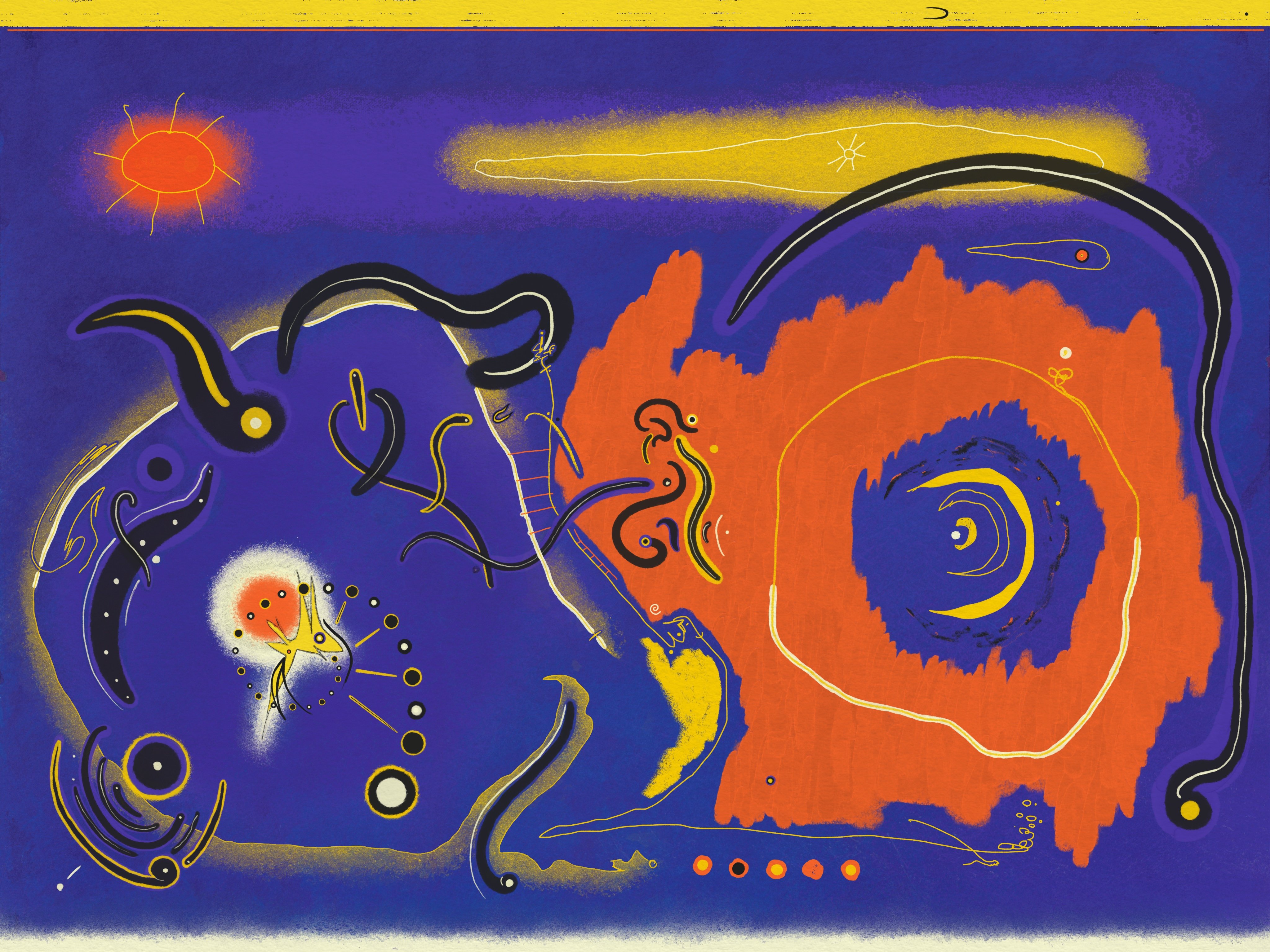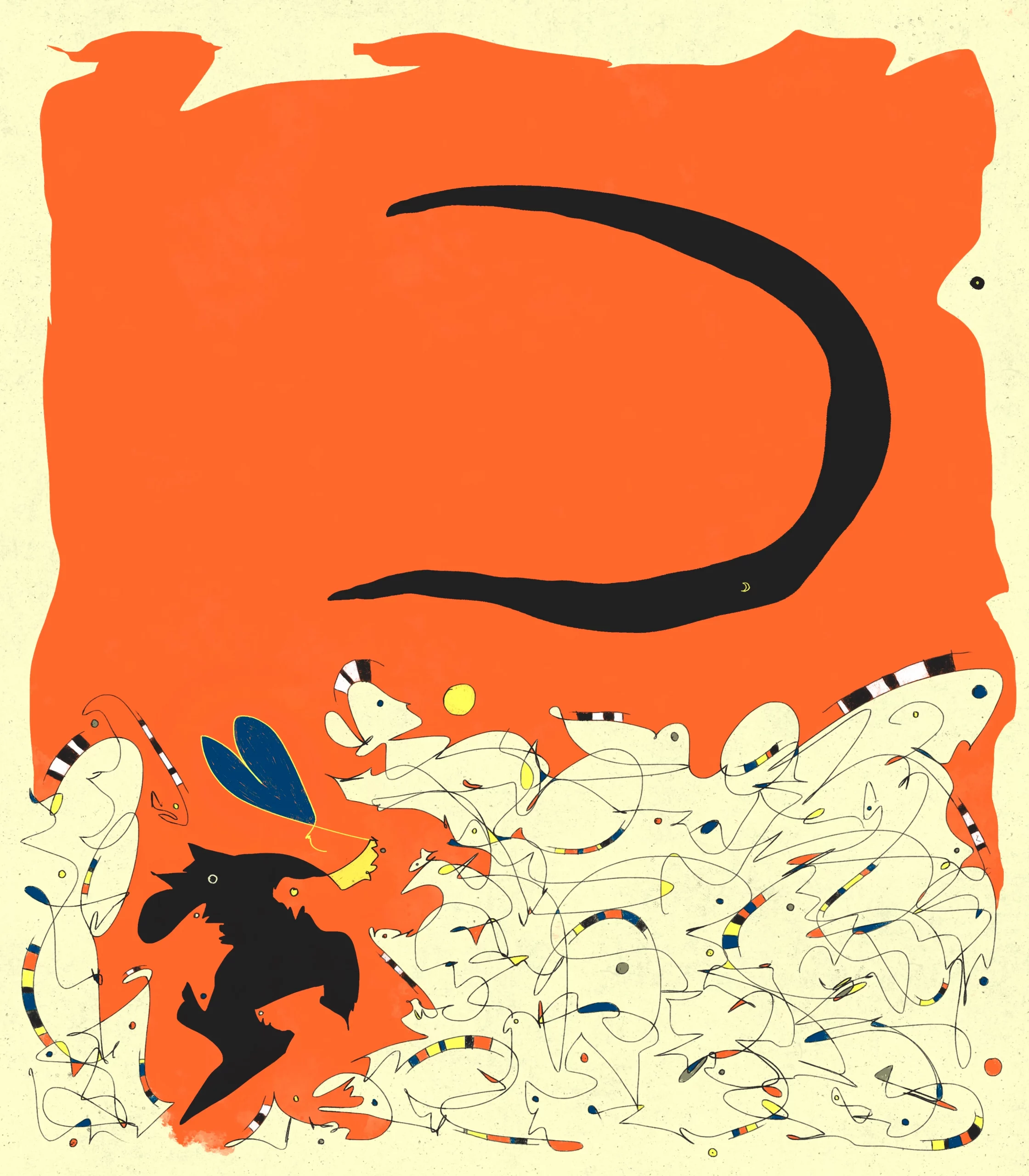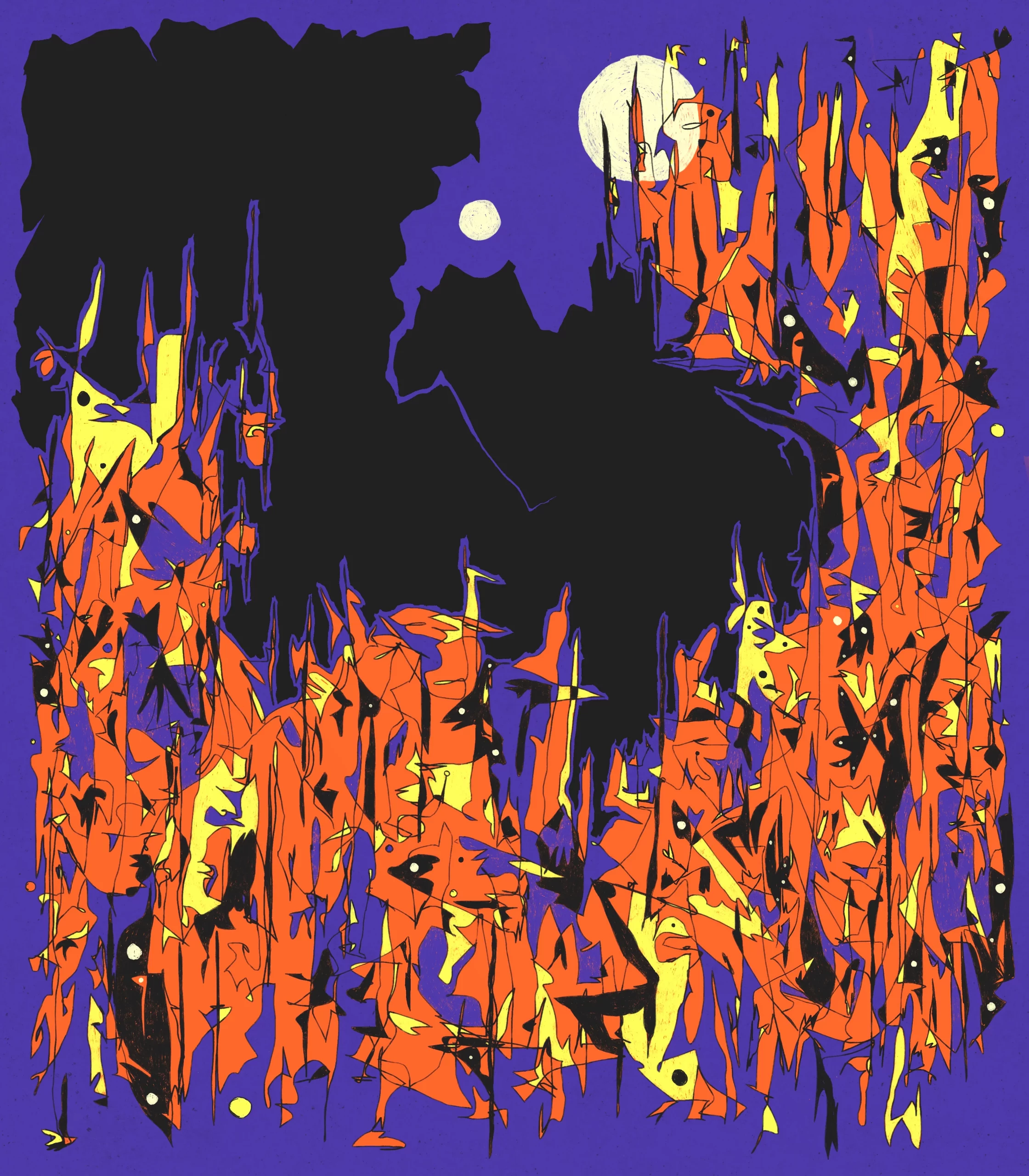The artist talks digital expression, pushing the surreal, and her collaboration with NARS Cosmetics.

Re-imagining queer histories: an interview with ClownVamp
Above: Flier announcing the opening of “Chester Charles: The Lost Grand Master”
You hear it all the time, mostly from people who wish they could sweep anyone a little different from them under the rug: “Why is everyone gay now?” The incredible thing is that they’re not wrong. Back in 2021, a Gallup poll demonstrated that LGBTQ identification is on the rise (at least among Americans), and between 2021 and 2022, a host of news organizations reported that more people think of themselves as queer than ever before. Reasons for this jump vary–as it’s become safer to be queer in public, more people have felt comfortable openly expressing themselves, and as the visibility of queer people has changed in society, more people understand that language exists to put words to their feelings and that there are communities of people like them. It’s not so much that there are more queer people, but rather, that queer people are more able to be out.
A lot of these people, these ones lamenting that everyone is gay now, don’t seem to understand that we’ve existed this entire time, for the whole of human history. So, why the disconnect? Queer people have been left out of the proverbial history books, strategically erased from culture, and barred from institutions. Consider the case of Emily Dickinson, whose love letters to Susan Gilbert were literally erased and rewritten after her death–the true contents of those letters were only unearthed in the 1990s using spectrographic technologies. And when someone’s queerness wasn’t erased, or when they weren’t excluded, it’s often because they intentionally hid who they were from the public.
The artist ClownVamp, who I spoke to recently over a call, is working directly with the concept of the erasure of queer people, both historically and in the present, by imagining what could have been. In his exhibition, “Chester Charles: The Lost Grand Master,” ClownVamp collaborates with AI to bring to life a narrative that should have been present in art history, but wasn’t. From the ground up, he’s invented a gay Impressionist painter named Chester Charles, whose body of work expresses queerness in a way that painters of his time would have been forced to exclude from their art if they hoped to find any semblance of success, or even just acceptance.
“Chester Charles: The Lost Grand Master”
Queer artists throughout history, and even now, have been coerced to censor themselves, to remove anything except the faintest traces of queerness from their works. This means that Impressionist paintings of gay men are typically a product of imagination instead of reality. But a chance encounter with such a painting, all thanks to an artifact present in Stable Diffusion 1.5, encouraged ClownVamp to explore. While considering fatherhood as a subject, he prompted the tool for an image of a father and a son, but because of an unanticipated twinning effect, an artifact of early AI systems, the result included not one dad, but two.
“I had this weird brain glitch moment where I was just like, well, I’m looking at this sort of Impressionist piece of art and all of a sudden, somehow the machine made it super gay,” he told me. “I, as a gay man, haven’t seen these types of visuals at museums, and this super futuristic tool is rewiring the past for me, and showing both what could have been but what was also lost.”
With “Chester Charles,” ClownVamp wanted to trigger that same brain glitch he experienced when he saw the Stable Diffusion image, but this time, in his audience. The artworks of Chester Charles casually depict gay people, gay love, gay sexuality, and gay experiences, and, while juxtaposed with an Impressionist style, are intended to make the viewer take pause, providing a queer experience (in both the literal and theoretical sense); while they observe something as familiar as one of history’s most recognizable movements in painting, they also are confronted with something unexpected, something that makes them question the legitimacy of art history. Whose work was being suppressed? Whose art never received recognition beyond small, trusted circles in their time?
ClownVamp goes even further than simply giving Chester a body of work; he also imbues that work with a narrative arc. When we spoke, explained that the show begins with a very traditional Impressionist painting of a shirtless man–not explicitly gay, but certainly subtextually. Then, as his career progresses, the artworks remain traditionally Impressionistic, but become increasingly visibly queer, depicting “these things that are not within that sort of traditional cognitive frame,” as ClownVamp puts it. Chester’s art also eventually comes to change. He describes Chester’s later work as looser, more colorful, and more abstract, using a more vivid palate and taking more risks in his artwork. “I thought if you went back in time and you were able to remove the self-censorship, that is sort of what we would have seen in an artist’s career.”
Rebuilding the past with the future

From “Chester Charles: The Lost Grand Master”

From “Chester Charles: The Lost Grand Master”
AI is the tool that allowed a show like “Chester Charles” to come to life, and ClownVamp is certain that queerness lives in this technology. A part of it has to do with artifacts and glitches like the twinning effect, but the other relates more to the fact that AI allows artists and creators to challenge what is considered culturally and historically normative. He thinks one of the most interesting roles of AI “is this sort of revisionist ability to fuck shit up. You can just take history and bash it with a hammer, and show what could and should have been. And hopefully, that makes people realize, you know, what’s important going forward, too.”
Much of ClownVamp’s body of work uses AI as a storytelling tool. His series “Detective Jack” is a “Barbie noir,” a classic noir detective story with a pinkwashed, somewhat feminine visual aesthetic. The character Jack himself is not exactly gay (though ClownVamp says he thinks of him as being “on the spectrum”), but the use of AI allows him to take the image of something as recognizable as a hard-boiled, Sam Spade type detective and, as with “Chester Charles,” develop a new visual language to explore it. Unlike “Detective Jack,” another of ClownVamp’s series, “The Truth,” features a gay protagonist. But set in the 19th century, it reimagines history beyond literal queer identity, weaving a tale of vampires and aliens, forcing the past and the future, the real and the fantastical, to interact.
ClownVamp didn’t come to NFT art from visual art, or even cryptocurrency. His first introduction to NFTs was NBA Top Shot, despite not being a sports fan. What fascinated him were the questions the technology and its potential uses posed: What is value? How do we decide what is valuable and what isn’t? During PFP summer he did some flipping, but ultimately decided that collecting art proved more his style. As publicly available AI models began to crop up, they intrigued him–he had a background in writing, but he hasn’t touched visual media since a stint as a go-to pop-punk photographer for bands without a real budget during high school, and AI became the tool that allowed him to start working across both writing and visual art as mediums. He told me that he likes to do old things in new ways.

From “Chester Charles: The Lost Grand Master”
As we continued to speak about “Chester Charles,” ClownVamp said he wanted the show to be “subtly transgressive.” The topic of queerness in art history arose, these artists who are often remembered as “lifetime bachelors,” but, who evidence suggests, may have lived queer lives. Even in more recent history, he notes that part of the general lack of gay art is about industry exclusion, but also comes down to the loss of a whole generation of gay artists in the 80s, people who were stripped of lives and practices and futures because of homophobic neglect and stigma.
In the present, in the cryptoart space, ClownVamp actually felt a degree of nervousness around including an openly gay character in “The Truth.” Gay cryptoart isn’t particularly visible, and “people spend a significant portion of their life often not able to fully express themselves, and have to learn to navigate what is and is not okay to express.” There was a fear that maybe, it wouldn’t be okay to express gayness through art–the abscense of gay art in the crypto space begged the question: If there’s so little gay art here, is it because it’s not a safe environment for it?
Instead, when ClownVamp had the character come out, his collectors and followers met him with warmth and support–he’s observed that the cryptoart space doesn’t always appear welcoming on the surface, and there are certainly structural issues at play making it more difficult for queer creators to find their footing, but also found that “when people take the dive, generally there’s excitement and willingness there. And while it’s definitely not the gayest space of all time, it’s not as bad as it might seem.”
With the “Chester Charles” show, ClownVamp told me he wants viewers to understand that queer voices in art history, and history overall, have been muted and erased, and that those few voices that haven’t represent something greater and something special. He’s right. Those voices are our history. And, to round out this emphasis on history, the show, which is curated and powered by SuperRare and Transient Labs, won’t just be a digital exhibition, but also a physical one at The Oculus World Trade Center in New York. This IRL exhibition will not simply introduce the world to Chester’s art, but to him, using objects and assets to give context to the artist, his life and times, and the discovery of his work in the modern day.
“That’s one of my goals with the show, and you’ll see in the actual layout of the show and the design, and some of the physical artifacts, that it’s meant to make you hesitate, ‘But wait. Is this not real?’”
He also said he hopes the show will help his audience see AI-assisted art through a new lens. “AI is a complicated, nuanced thing that has a whole lot of problems, but also has a lot of good to it, and can be very tender and very sweet.” He’s noticed that when people discuss AI, they tend to focus on the extreme negatives, and rarely focus on the real good AI can do. “I think if people don’t see that, they’re gonna lose out on this huge, literally once a lifetime opportunity. Not once in a generation, once in a history opportunity.”
Speaking of AI, ClownVamp is working on an upcoming guest curation with SuperRare, which features not only all queer artists, but also all artists who work with AI. While some of the exhibited artists are ones he collects or follows, some he sought out through the recommendations of other artists and friends, a conscious effort to step outside his bubble. The curated artists all use AI in very different ways, including post-photography, glitch art, collage, and “some stuff that I can’t really describe, it’s so wild and cool.” They’re geographically diverse individuals, too, though ClownVamp’s most important criteria simply considered artists doing something different and new.

From “Chester Charles: The Lost Grand Master”


He wants to showcase the range of AI’s uses. When people think of AI, they often think of “an incredibly down the middle Midjourny output.” In reality, that’s only one small part of the landscape. “It can add, speed up, make easier, make more inventive any part of the creative process. There are people who are using it to create textures on incredibly complex blender models. There are people who are using it to reimagine their memories, or people who are using it, like Sky Goodman, to create alternative fashion.”
Between “Chester Charles” and his guest curation, ClownVamp is marrying the queer medium of AI with the legacies of queer artists, past, present, or fictional, unsung or in hiding, erased or hypervisible. “Chester Charles: The Lost Grand Master” opens June 21st, on-chain and in New York.

Oliver Scialdone is a queer writer and artist based in Brooklyn, NY. They earned a dual-MFA from The New School, and their work can be found in Peach Mag, ImageOut Write, and elsewhere. They used to host the reading series Satellite Lit and they're the Associate Editor at SuperRare Magazine.
Tech






The Future of Giving is On-Chain: NFTs for Social Causes
Tony Fantano interviews artists and NFT project founders who sought to support Ukraine, gender equality and raise awareness about mental illness through selling art and building DAOs.
Curators' Choice






Curated Conversations: Emily Xie
SuperRare Labs digital editor Shutong Liu interviews Emily Xie about how her Art History and Engineering background informed her work, her past year as a full-time artist, and the generative art landscape.









